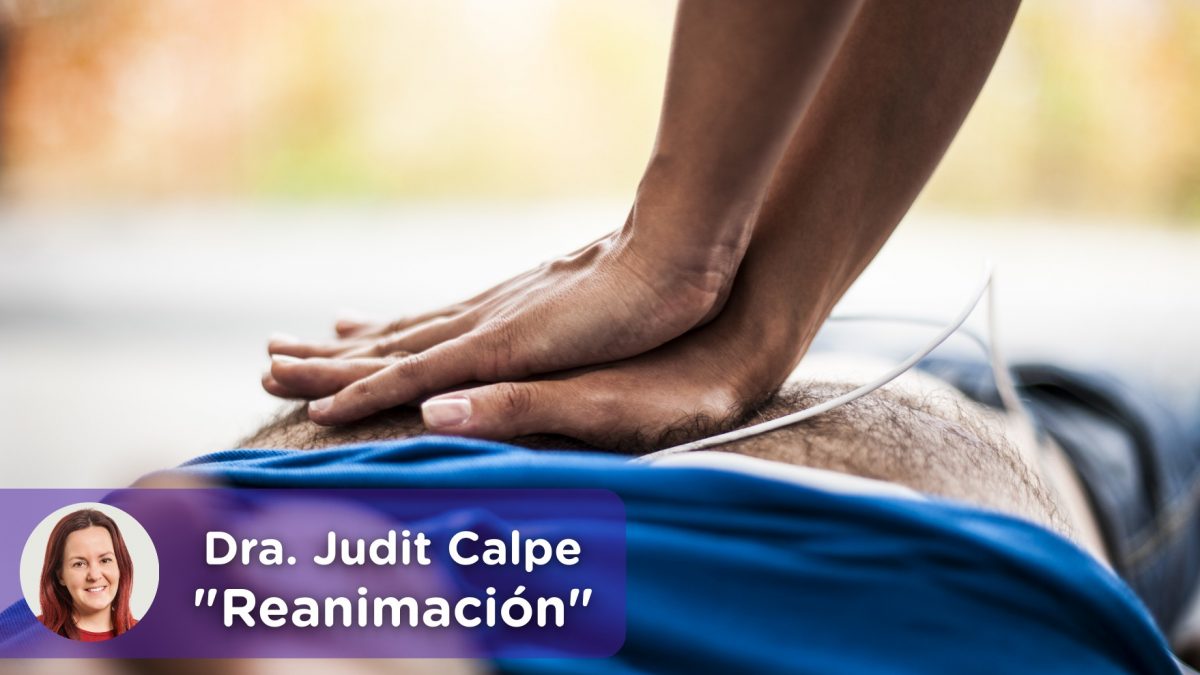There are moments in life that one can never forget, and one of the worst is if you witness the cardiac arrest of a person. It can be someone who happens to be in the same place as you or even the most painful, someone you appreciate. Until then you do not ask yourself: I wish I could have done more. I wish it never happened to you, but better be it is better to be prepared in case you find yourself in such a situation. The numbers are scary: there is a death by cardiac arrest every 87 seconds in Europe. One every 23 minutes in Spain. And it is vital the start, from the first moment of CPR maneuvers, to maintain blood circulation until the staff arrives with the necessary instruments to reverse it: if those who witness the stop initiate CPR maneuvers in the first minute, survival improves by 60%.
And do not be afraid … it is better to do something, whatever you can, than to not do anything!
How do you do CPR?
-
CHECK RESPONSIVENESS
When you witness that a person loses consciousness it can be for many reasons. First of all, we have to check that he is unconscious: shake him by the shoulders, ask him out loud: is he well?
2. DOES NOT RESPOND
SHOUT HELP! Alert those around.
. OPEN THEIR AIRWAY
With the victim stretched on his back, put your hand on his forehead and gently push his head back. With the tips of your fingers under your chin, lift it.
- CHECK FOR NORMAL BREATHING
Place your cheek at the height of the nose-mouth facing the victim’s feet. Listen with your ear, feel with your cheek and see if they breathe normally for 10 seconds.
- ARE THEY NOT BREATHING NORMALLY? CALL 112
Identify yourself, explain that you have witnessed a cardiac arrest and, above all, locate precisely where you are … they can not go to help you if they do not find the site. Use a speakerphone so you can continue doing things and receiving instructions.
- CHEST COMPRESSIONS
Place the heel of one hand in the center of the patient’s chest. Place the other one on top and crisscross the fingers. Make compressions with your arms straight (take your weight and raise / lower back and shoulders), it is to tighten and relax for the thorax back to its position (5-6 cm has to lower the chest and then let it back to go up). The pace is at 100-120 per minute … easy way to keep the pace right? There are two very well-known themes at that rate: it is your decision which one goes the most with your style! Stayin ‘Alive from the Bee Gees or the Macarena from Los del Río. When do you stop? When the help arrives.
- MOUTH TO MOUTH?
Although the best way to do a resuscitation is also to breathe air, the compressions are considered more important: if you do not want to do the mouth to mouth do not do it. If it is done, with the airway opening position that we mentioned earlier, pinch the nose with your fingers, place your lips over the victim’s mouth covering it completely and gently blow until the chest rises. Move aside to let out the air and repeat. The sequence would be: 30 chest compressions – 2 insufflations.
We leave you a video that is broadcast as an announcement on English television, giving resuscitation training to the entire population, in an easy and fun way. The best thing would be that we never had to do something like that, but better to be prepared in the case that, unfortunately, something happens to us.
*Content validated by the mediQuo medical team.



